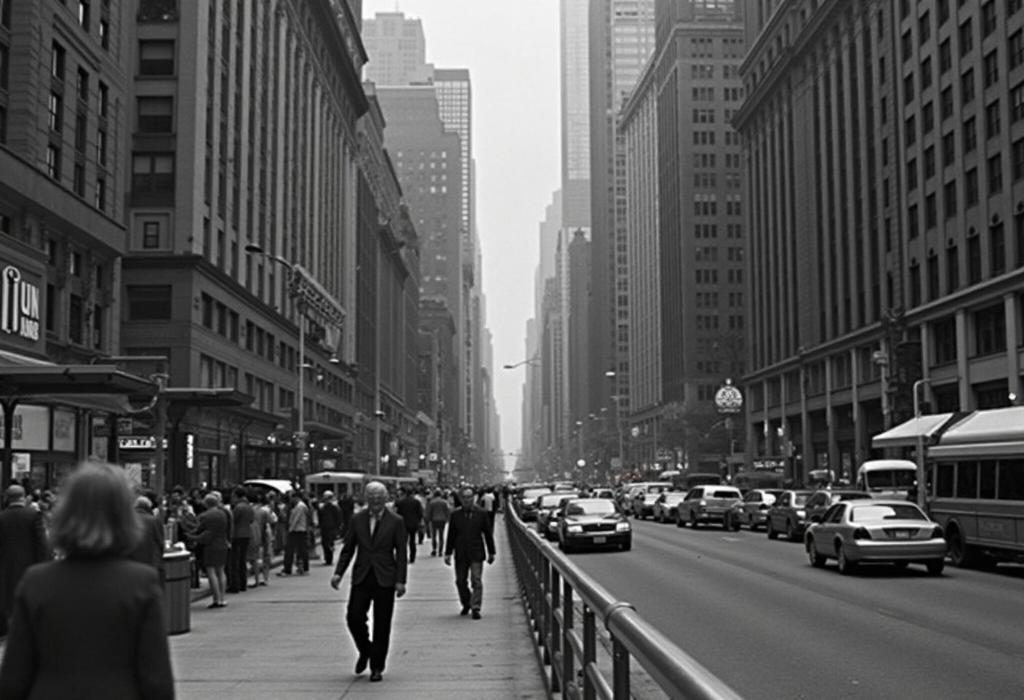The recently released documentary 'Drop Dead City' explores the dire financial crisis that gripped New York City in 1975, nearly leading the city into bankruptcy. This period was marked by severe economic stagnation, years of budget mismanagement, and the fallout from demographic shifts—most notably white flight and the exodus of high-paying industrial jobs. The film juxtaposes this historical backdrop with the workings of contemporary society, making it particularly timely as similarities emerge with today’s economic challenges, including projections of significant budget shortfalls for the city.
'Drop Dead City' skillfully weaves archival footage and testimonies from various stakeholders, including city workers, politicians, and citizens who lived through that tumultuous era. Under the leadership of Mayor Abe Beame and with external intervention from the Municipal Assistance Corporation, led by Felix Rohatyn, the city managed to avert total financial collapse. However, the film simultaneously raises questions about the long-term implications of that assistance, criticizing the structure of the unelected MAC and its effects on the socio-economic fabric of the city, which still reverberate today.
Despite its strengths, the documentary has faced scrutiny regarding potential biases, particularly because co-director Michael Rohatyn is the son of Felix Rohatyn. Critics argue that this familial connection necessitates clearer disclosures to ensure viewers can critically assess the portrayals of key figures like his father and the decisions made during the crisis. While the film aims to present a multi-faceted narrative, the connection raises concerns about the objectivity of its lens, particularly given the complex legacy that the MAC left behind.
The timing of 'Drop Dead City' could not be more prescient, given that New York City is facing what some experts liken to another financial crisis, with economic forecasts signifying a possible $13 billion shortfall in the coming fiscal years. This situation echoes the past, where mismanagement and external factors led to disaster. As viewers, we are invited to reflect on questions of governance, financial ethics, and the responsibilities of leadership, both past and present. The film captures not only the historical narrative of New York's struggles but also serves as a warning about the never-ending cycle of fiscal responsibility—or irresponsibility—that continues to define the city today.
AD
AD
AD
AD
Bias Analysis
Bias Score:
65/100
Neutral
Biased
This news has been analyzed from 10 different sources.
Bias Assessment: Given the personal connection of co-director Michael Rohatyn to Felix Rohatyn, there is a discernible bias in favor of portraying the actions of the Municipal Assistance Corporation positively, despite the critical historical context. This familial bias coupled with the unacknowledged influence on the documentary's narrative challenges its objectivity, leading to a moderate bias score.
Key Questions About This Article




